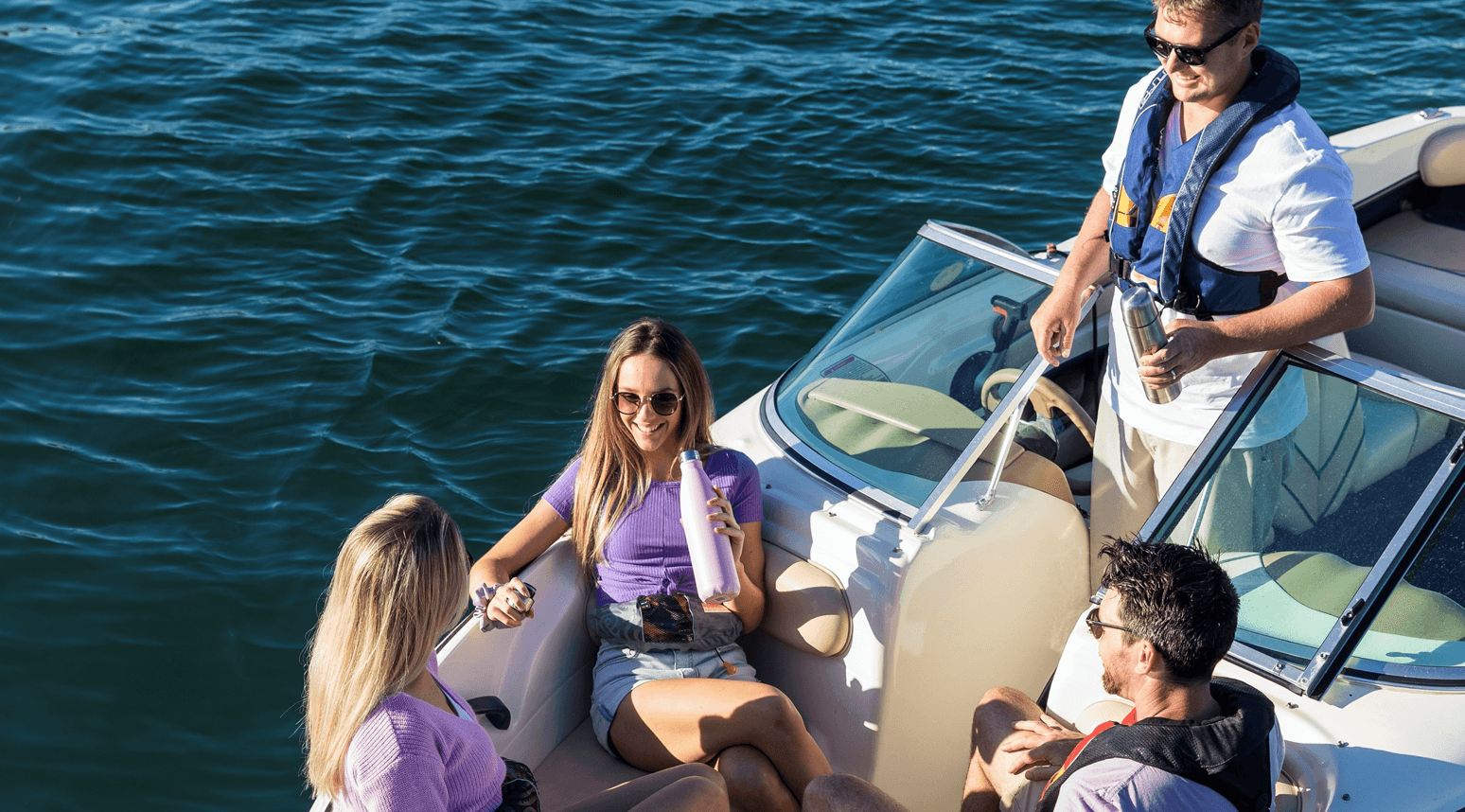International lifejacket wear principles
The International Lifejacket Wear Principles were finalised at the Marine 13 boating conference, held in Sydney 2013. More than 70 people attended the forum which was held at the Australian National Maritime Museum in Sydney and provided the opportunity for a public declaration of endorsement of the International Lifejacket Wear Principles.
Organisations1 which are signatories to the International Lifejacket2 Wear Principles agree to the following:
- We recognise the fundamental role the wearing of lifejackets plays in the safeguarding of life for water users;
- We recognise the importance of promoting the wearing of lifejackets when boating;
- We endeavour to ensure that any publication including brochures, DVD, video, websites, and the like will feature all people wearing contemporary style lifejackets when in an outside area of a small craft3 that is underway;
- We recommend to the recreational boating industry that its publications similarly feature all people shown wearing lifejackets when in an outside area of a small craft3 that is underway;
- We require on-water education and compliance staff to wear lifejackets whenever they are on the water;
- We use the term “lifejacket” in public information and education; and
- We encourage respective boating safety networks to become ‘safety partners’ by supporting the above principles.
The foundation signatories to the Principles were:
- Australian Recreational Boating Safety Committee;
- Canadian Safe Boating Council;
- Prevention at Société Nationale de Sauvetage en Mer (France);
- Royal National Lifeboat Institution (UK); and
- Maritime New Zealand.
